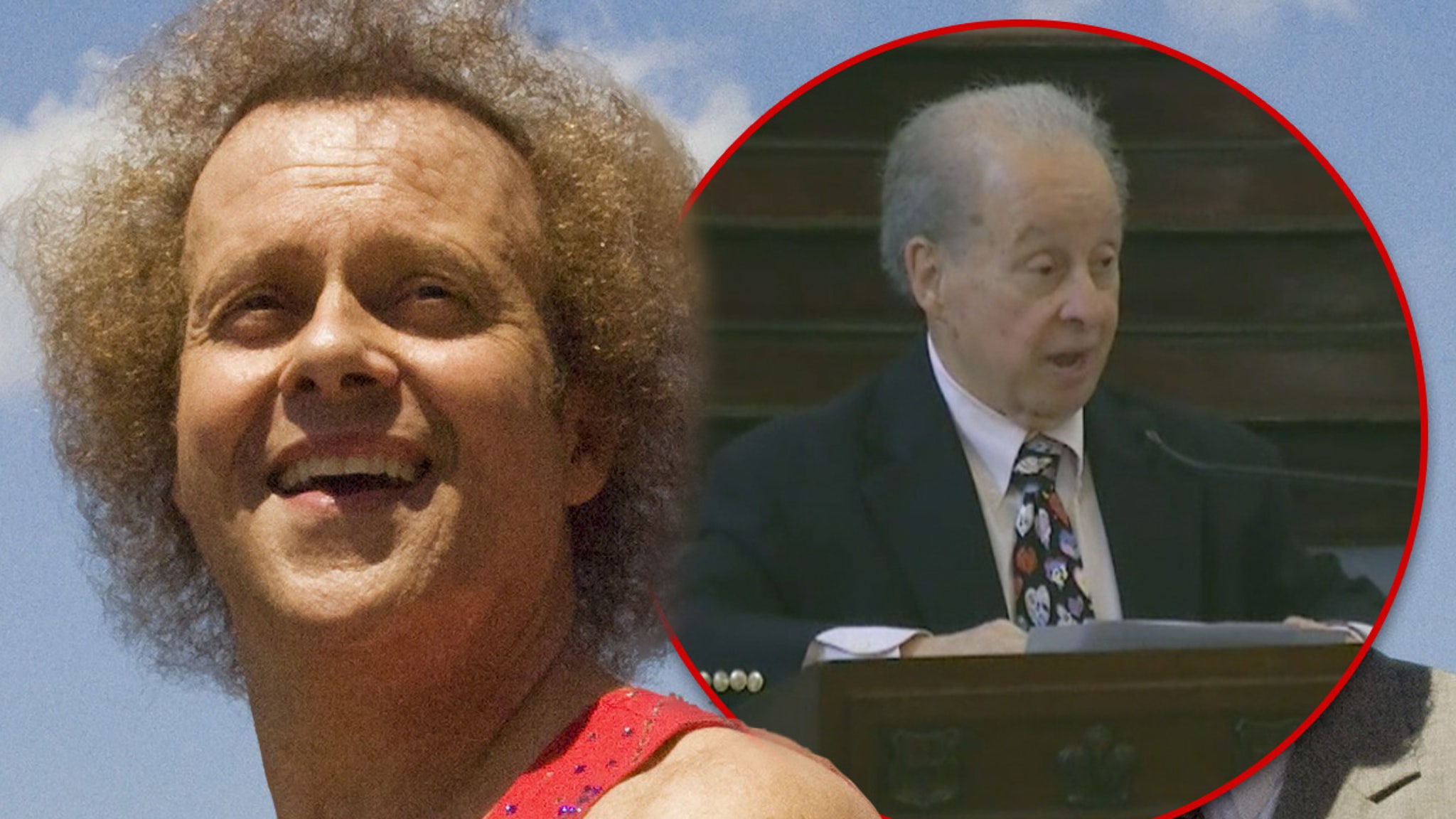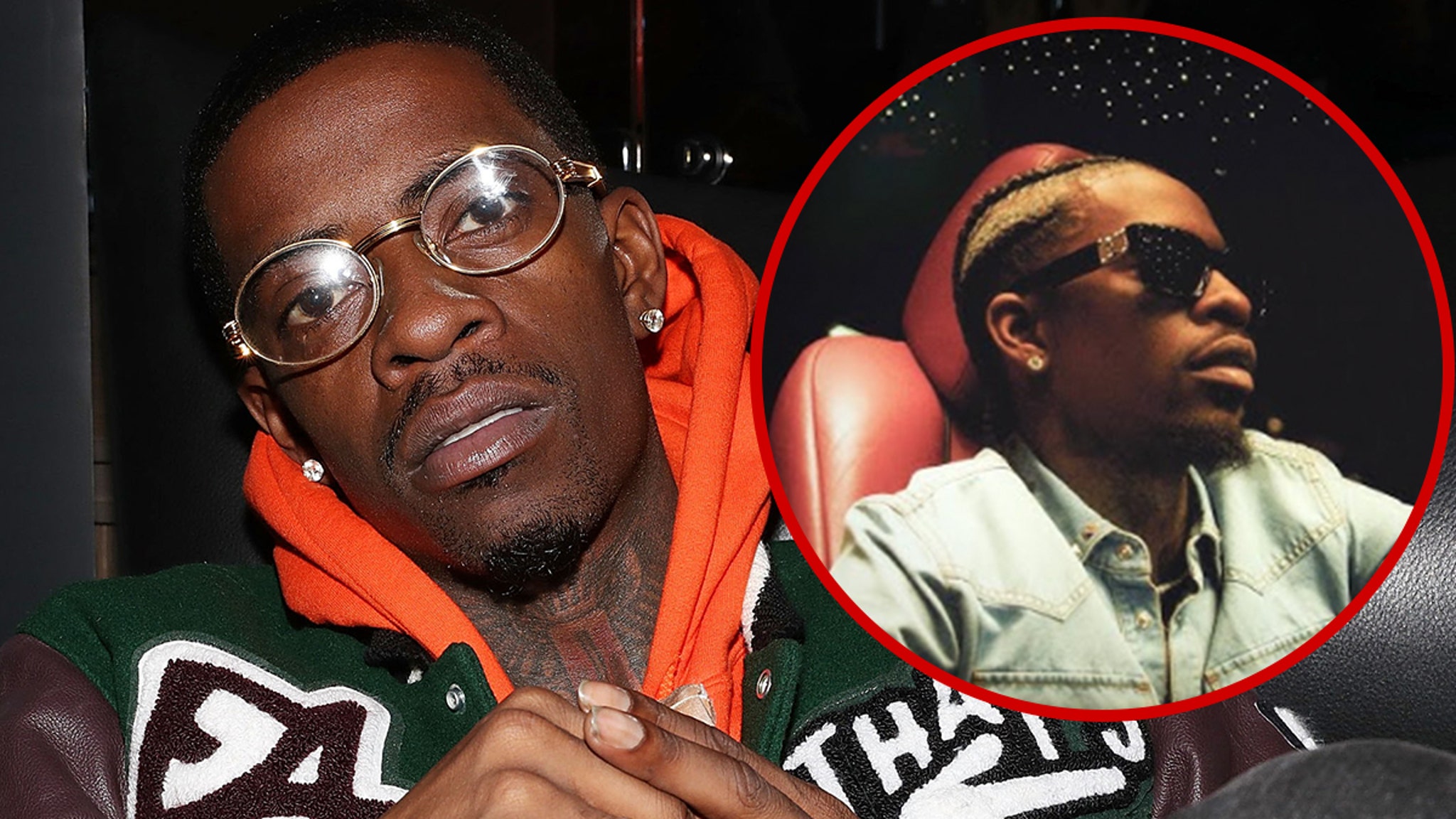Culture
Alec Baldwin Heads to Trial in ‘Rust’ Movie Shooting: Here’s What to Know

The winding prosecution of Alec Baldwin over the fatal shooting on the “Rust” film set is set to arrive at a trial this week in New Mexico, where a jury will be asked to decide whether his role in the death of the movie’s cinematographer amounts to involuntary manslaughter.
The case revolves around the events of Oct. 21, 2021, when the gun Mr. Baldwin was rehearsing with discharged a live bullet that killed the cinematographer, Halyna Hutchins, and wounded the movie’s director. The weapon was supposed to have been loaded with inert rounds that could not fire.
The initial announcement that prosecutors were bringing a criminal case against Mr. Baldwin was met with shock from Hollywood, where many consider on-set gun safety the responsibility of a production’s weapons experts and safety coordinators, not its actors. (The movie’s armorer, Hannah Gutierrez-Reed, has already been convicted of involuntary manslaughter and sentenced to 18 months in prison.)
The case has put those Hollywood norms to the test and the conduct of Mr. Baldwin, a fixture of the television and movie industry for decades, under a microscope. The proceedings are expected to be highly contested by his lawyers, who have argued for months that the prosecution is a misguided bid to secure a high-profile conviction of a celebrity.
The trial is expected to last about two weeks at the Santa Fe County District Courthouse, where the proceedings will be livestreamed. Jury selection is scheduled to begin on Tuesday.
Why do prosecutors say he’s guilty?
The special prosecutors in charge of the case, led by Kari T. Morrissey, have argued that Mr. Baldwin, 66, flouted industry rules around firearm use, citing industry guidelines that urge actors not to place their finger on the trigger of a gun before they are ready to shoot and to never point a weapon at anyone.
“These are the rules for actors handling firearms on movie sets and Mr. Baldwin managed to disregard every single one of them,” Ms. Morrissey wrote in a court filing.
Although those industry guidelines do not require that an actor independently check the gun on set, prosecutors have argued that Mr. Baldwin had a responsibility to do so under the law.
Prosecutors want the judge to allow them to show jurors video footage that they say furthers their argument that Mr. Baldwin was careless with safety on set, including video of him using his gun “as a pointer” outside of acting sequences and firing his weapon after “cut” was called. Another video they want shown at trial shows what they describe as Mr. Baldwin rushing the armorer by urging her to reload his revolver quickly.
They are also expected to argue at trial that just before the gun discharged a live bullet, Mr. Baldwin had failed to follow instructions from the director, Joel Souza, who has said that the particular take called for the actor to slowly pull the gun from its holster, not point the gun outward.
“He ignored direction from Mr. Souza and without warning, acted on his own volition,” Ms. Morrissey wrote in court papers.
What is the defense’s argument?
Mr. Baldwin, who was both a lead actor and producer on “Rust,” has pleaded not guilty to the manslaughter charge and has long denied responsibility for Ms. Hutchins’s death. Weeks after the shooting, he said in a television interview that Ms. Hutchins had been directing him where to point the gun and that the gun had discharged suddenly, without him pulling the trigger.
Prosecutors have said forensic testing rebuts Mr. Baldwin’s account that he did not pull the trigger, but the actor’s lawyers have focused on evidence that they say indicates the gun could have been prone to malfunction, pointing to odd marks on an internal part of the revolver.
Regardless of the trigger question, the defense has argued that Mr. Baldwin cannot be found guilty because he had no reason to believe that the gun had been loaded with a live bullet. Witnesses have said the crew was told that the gun was “cold,” meaning it did not contain live ammunition; in general, live ammunition is banned from film sets.
To convict him of involuntary manslaughter, the jury must find that the actor was aware of the risk caused by his conduct and ignored it.
“Nobody believed the gun Baldwin was holding was capable of discharging anything, let alone a live bullet,” one of Mr. Baldwin’s lawyers, Luke Nikas, wrote in court papers. “It was a prop on a movie set, and the actor had been told by the responsible professionals that it held no live ammunition.”
The defense has laid blame at the feet of Ms. Gutierrez-Reed and Dave Halls, the movie’s first assistant director and safety coordinator, and has fought the prosecution of Mr. Baldwin at every turn, calling it an “abuse of an innocent person whose rights have been trampled to the extreme.”
Why was there live ammunition on a movie set?
Since the fatal shooting, the biggest mystery has been how live ammunition ended up mixed in with dummy rounds, inert cartridges that are used to resemble real ones for the camera.
Five other live rounds were found on set after the shooting, and prosecutors in Ms. Gutierrez-Reed’s trial argued that she was the one responsible for bringing them. The armorer’s lawyers denied that she was the source of the live rounds and are appealing her conviction.
Who is expected to testify?
The witness lists for both the prosecution and the defense contain members of the “Rust” production, including Mr. Souza; Seth Kenney, the primary supplier for guns and ammunition for “Rust”; and several crew members who have sued Mr. Baldwin over the shooting. One of those crew members, Ross Addiego, took the stand in Ms. Gutierrez-Reed’s trial and said that he did not think Mr. Baldwin had followed gun safety rules and that the production had cut corners in a way that endangered the cast and crew.
One of the defense’s assets is Mr. Halls, who took a plea deal after admitting that he failed to properly check the gun the day of the shooting. He has made some statements that are helpful to Mr. Baldwin’s case, including that Ms. Hutchins had been in communication with the actor about where to point the gun. Law enforcement officers who investigated the case and gun experts are also expected to take the stand.
Prosecutors hoped that Ms. Gutierrez-Reed’s testimony would help their case, based on her previous statements that Mr. Baldwin was inattentive during weapons training, but she declined to answer their questions in a pretrial interview in prison, indicating that she was not likely to be a cooperative witness.
It is not clear whether Mr. Baldwin will take the stand himself.
























